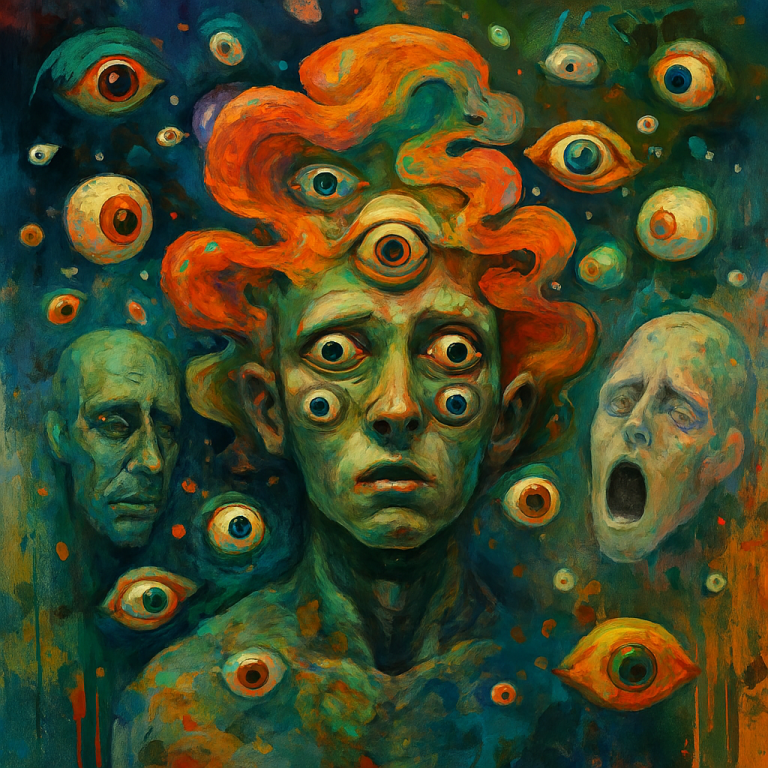
The Psychology of the Fear of Nothing
Understanding and Overcoming the
The Psychology of the Fear of Nothing
When we think about fear, we often associate it with tangible threats – heights, spiders, or public speaking. But what happens when the source of fear is nothingness? This paradoxical feeling taps into deep psychological and existential roots, offering insight into the human condition.

What Does the Fear of Nothing Mean
The fear of nothing – sometimes called “existential dread” – is not about fearing an object or event. Instead, it relates to the anxiety surrounding emptiness, purposelessness, or the unknown. This type of fear often emerges during moments of introspection, where individuals confront questions like “What is the meaning of life?” or “What happens after death?”
Psychologists believe this fear arises from our natural tendency to seek patterns, meaning, and certainty in the world. When confronted with the idea of nothing – the absence of all answers – the human mind struggles to process it, triggering discomfort and anxiety.
How Does This Fear Manifest
The fear of nothing can manifest in various ways, including-
- Physical symptoms – Rapid heartbeat, shortness of breath, or a sense of panic during moments of deep contemplation.
- Avoidance behaviors – Avoiding conversations about death, existential topics, or situations that evoke feelings of emptiness.
- Existential crises – Periods of intense self-reflection, often accompanied by feelings of helplessness or despair.
These manifestations are often linked to how individuals perceive their existence and relationship with the universe.
The Role of Culture and Beliefs
Cultural factors significantly influence how people experience and cope with the fear of nothing. In many religions and philosophies, the concept of nothing is addressed with ideas of an afterlife, reincarnation, or universal energy. These beliefs provide comfort and structure – reducing anxiety for followers.
On the other hand, secular perspectives may emphasize the beauty of creating meaning in a meaningless world. Philosophers like Jean-Paul Sartre and Albert Camus explored how individuals can embrace absurdity and live authentic lives despite existential uncertainty.

Coping Mechanisms for the Fear of Nothing
While the fear of nothing is deeply ingrained, there are ways to manage and even embrace it-
- Mindfulness practices – Techniques like meditation can help individuals focus on the present moment and reduce anxiety about the future.
- Creative expression – Art, writing, or other forms of creativity can serve as outlets for processing existential thoughts.
- Seeking connection – Building meaningful relationships can provide a sense of purpose and alleviate feelings of emptiness.
Ultimately, confronting the fear of nothing can lead to greater self-awareness and growth – empowering individuals to create their own meaning.
The Evolutionary Perspective
From an evolutionary standpoint, the fear of nothing may have developed as a survival mechanism. Early humans faced constant threats to their existence, and an acute awareness of the void (death or loss) may have driven behaviors that ensured group cohesion and survival. Over time, this primal fear evolved into complex existential dread in modern humans.
Philosophical Approaches to the Fear of Nothing
Throughout history, philosophers have grappled with the concept of nothingness. Existentialists like Sartre and Camus saw the absurdity of life as an opportunity to create personal meaning. In contrast, Eastern philosophies like Buddhism view emptiness as a liberating state, emphasizing acceptance and the dissolution of ego.
The Fear of Nothing in Art and Literature
Art and literature have long been mediums for exploring existential themes. Works like Franz Kafka’s “The Trial” and Edvard Munch’s “The Scream” depict the emotional toll of confronting nothingness. These creative expressions resonate with audiences, offering solace and a shared understanding of this universal fear.

The Interplay Between Technology and Existential Dread
In our modern age, technology has both alleviated and intensified the fear of nothing. Social media and instant connectivity provide distractions, yet they also amplify feelings of isolation and purposelessness. Digital communities can help individuals process existential fears but may also exacerbate them when escapism becomes a coping mechanism.
Embracing Nothingness as a Path to Freedom
For some, the fear of nothing can be transformed into an opportunity for growth. By accepting the void, individuals can find freedom from societal expectations and create their own purpose. Viewing nothingness as a blank canvas rather than a terrifying absence allows for profound personal transformation.

Conclusion – Embracing the Void
The fear of nothing may seem unsettling, but it is also a universal experience. By understanding its origins and learning to face it, individuals can transform this fear into a source of strength. In the vast tapestry of existence, the idea of nothingness challenges us to define what truly matters – and to live with intention and courage.
Join the Discussion
The fear of nothing is a deeply personal and universal experience that touches upon our shared humanity. How do you perceive nothingness? Have you ever grappled with existential thoughts or found meaningful ways to cope?
#FearOfNothing #ExistentialDread #PsychologyOfFear #Emptiness #ExistentialThoughts #Mindfulness #ExistentialCrisis #MentalHealthAwareness #MeaningOfLife #Philosophy #HumanCondition #ExistentialReflection #OvercomingFear #EmbracingVoid #ExistentialGrowth #ExistentialPsychology #Nothingness #PersonalDevelopment #ExistentialPhilosophy #ExistentialArt #Existentialism #FindingPurpose #ExistentialFreedom #MindfulLiving #ExistentialCourage #ExistentialWellness #ExistentialExploration #FacingFear #ExistentialStrength #ExistentialJourney



5 thoughts on “Fear Of Nothing And Confronting The Gigantic Void ”